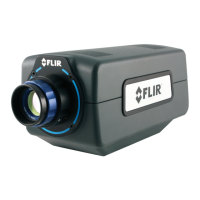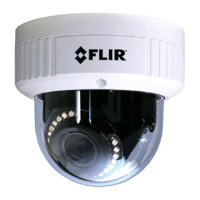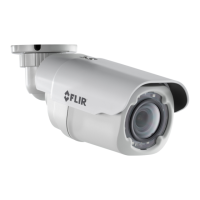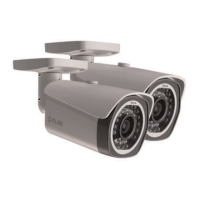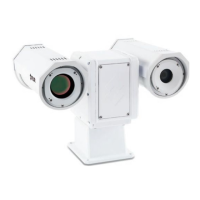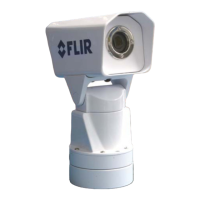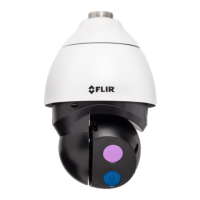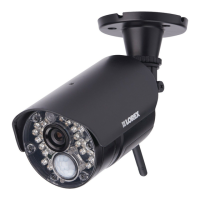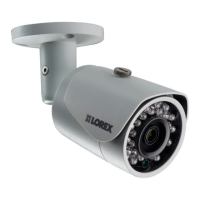9 – Infrared Primer
A6700sc/A6750sc User’s Manual
53
Another factor, called the emissivity, is required to describe the fraction ε of the radiant emittance of a
blackbody produced by an object at a specific temperature. Thus, we have the definition: The spectral
emissivity ε
λ= the ratio of the spectral radiant power from an object to that from a blackbody at the
same temperature and wavelength. Expressed mathematically, this can be written as the ratio of the
spectral emittance of the object to that of a blackbody as follows:
Generally speaking, there are three types of radiation source, distinguished by the ways in which the
spectral emittance of each varies with wavelength.
A blackbody, for which ελ = ε = 1
A graybody, for which ελ = ε = constant less than 1
A selective radiator, for which ε varies with wavelength
According to Kirchhoff’s law, for any material the spectral emissivity and spectral absorptance of a
body are equal at any specified temperature and wavelength. That is:
From this we obtain, for an opaque material (since α
λ + ρλ = 1):
For highly polished materials ε
λ approaches zero, so that for a perfectly reflecting material (i.e. a
perfect mirror) we have:
For a graybody radiator, the Stefan-Boltzmann formula becomes:
This states that the total emissive power of a graybody is the same as a blackbody at the same
temperature reduced in proportion to the value of ε from the graybody.
